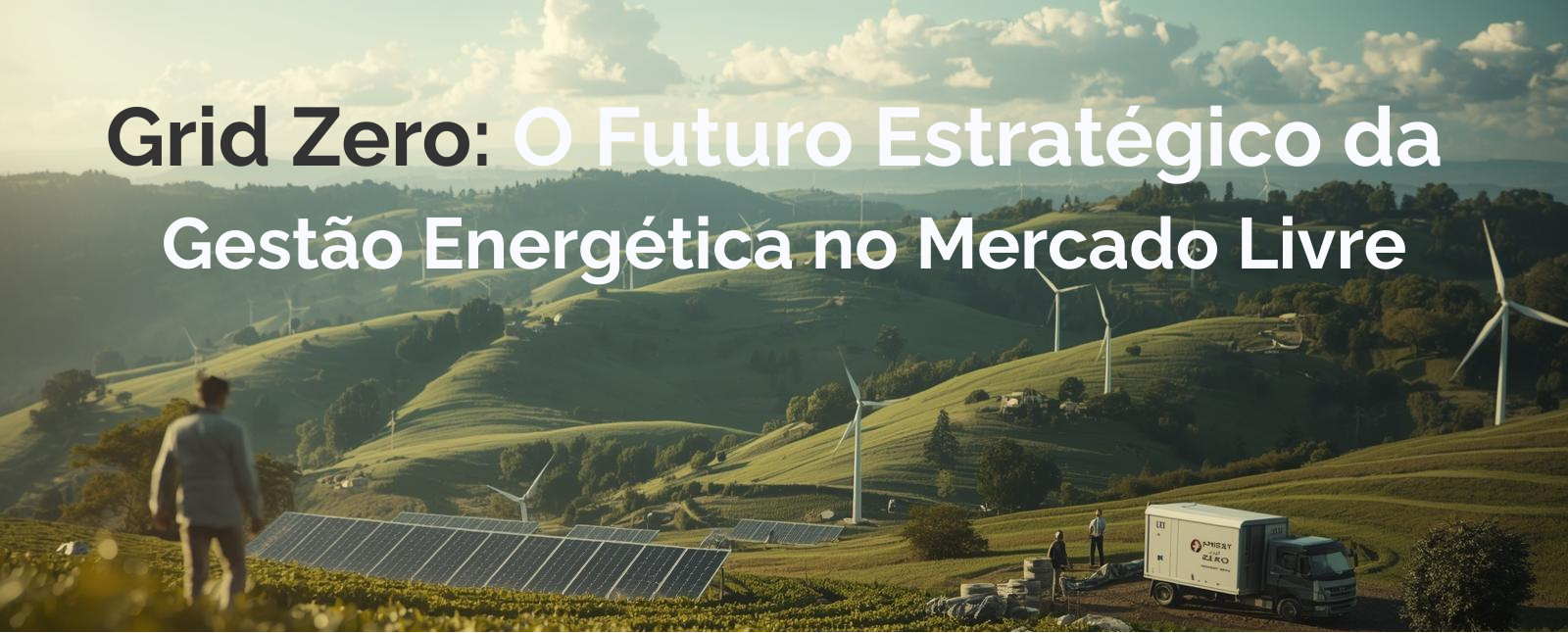Have you ever heard of Grid Zero? If your company operates in the free energy market, this could be the greatest strategic opportunity of recent years. In this article, I explain why intelligent, non-export solar energy management can revolutionize not only your energy bill, but also the overall value delivered to shareholders and to your business. ⚡
What is Grid Zero?
Grid Zero is an innovative concept of on-site solar energy generation in which all production is consumed within the company itself, with no surplus exported to the grid. Unlike traditional systems, Grid Zero uses smart meters and intelligent inverters to ensure that the energy generated never exceeds the instantaneous consumption. In other words, you maximize self-consumption and avoid bureaucracy, grid usage fees, and credit compensation.
Advantages of Grid Zero
- Direct savings: Reduces energy costs by up to 30% or more during solar hours, without relying on credit compensation or the utility’s policies.
- Predictability and protection: Lower exposure to tariff fluctuations and regulatory risks, since there is no export/reverse connection.
- No grid usage fees: Generated power is not injected into the utility’s infrastructure, eliminating the payment of TUSD-Fio B and other charges on the generated portion.
- Regulatory ease: Less bureaucratic approval process and simplified compliance.
- Sustentabilidade: Aumenta a performance ESG e reforça o branding verde da empresa.
Grid Zero and the Free Energy Market: A Perfect Combination
Companies in the free energy market already negotiate flexible contracts with generators, but still pay a considerable portion of their consumption to the utility — especially during peak hours and outside contracted volumes.
With Grid Zero:
- Reduces the free market consumption base with no risk of surpluses or contractual penalties.
- Easily adjusts to the flexibility (+/- 30%) allowed in contracts, maximizing the use of self-consumed solar energy.
- Mitigates exposure to PLD (Settlement Price of Differences) during stress periods or price spikes in the spot market.
- Expands control over the weighted average cost of energy.
When to consider Grid Zero?
- Companies with significant consumption during solar hours (manufacturing, logistics, food processing, metallurgy, 24/7 services, etc.).
- Operation in 24/7 mode or continuous baseload.
- Industries already negotiating energy in the free market, especially those seeking even greater cost reduction and predictability.
- Scenarios where regulatory restrictions discourage export and net metering (e.g., technical connection limits imposed by the utility).
Generic Case Study
Imagine an industry with an average consumption of 1.6 GWh/month, already operating in the free market. By implementing a Grid Zero system sized to meet 30% of consumption (around 3.6 MWp installed), the initial investment would be approximately R$ 10 millon.
Projected results.
- • Initial annual savings: BRL 3.6 million ✅
- • Return on investment: Payback under 4 years 🚀
- • NPV (25 years, 10% p.a.): BRL 44 million
- • IRR above 37% p.a.
- • Cumulative ROI: 1,140% over 25 years
- • Emissions reduction: equivalent to planting 45,000 trees 🌳
The project was implemented without extra bureaucracy and became part of the ESG portfolio, adding value to assets and boosting performance for both shareholders and the planet.
Summary and Benefits for Companies and Shareholders
Grid Zero is not just a trend: it is a strategic evolution of energy management in Brazil and worldwide. Its benefits include:
- Significant reduction in operating costs ✅
- Diversification and energy independence ⚡
- Asset and reputational appreciation
- Rapid value creation for shareholders 💰
Ricardo Segura
Energy and Strategy Consultant at OPEX Specialist in strategic energy management for companies in the industrial sector, with over 15 years of experience in innovative solutions in the free energy market and projects in self-generation (solar, critical, and consortium models).
ricardo@opex-consultoria.com

